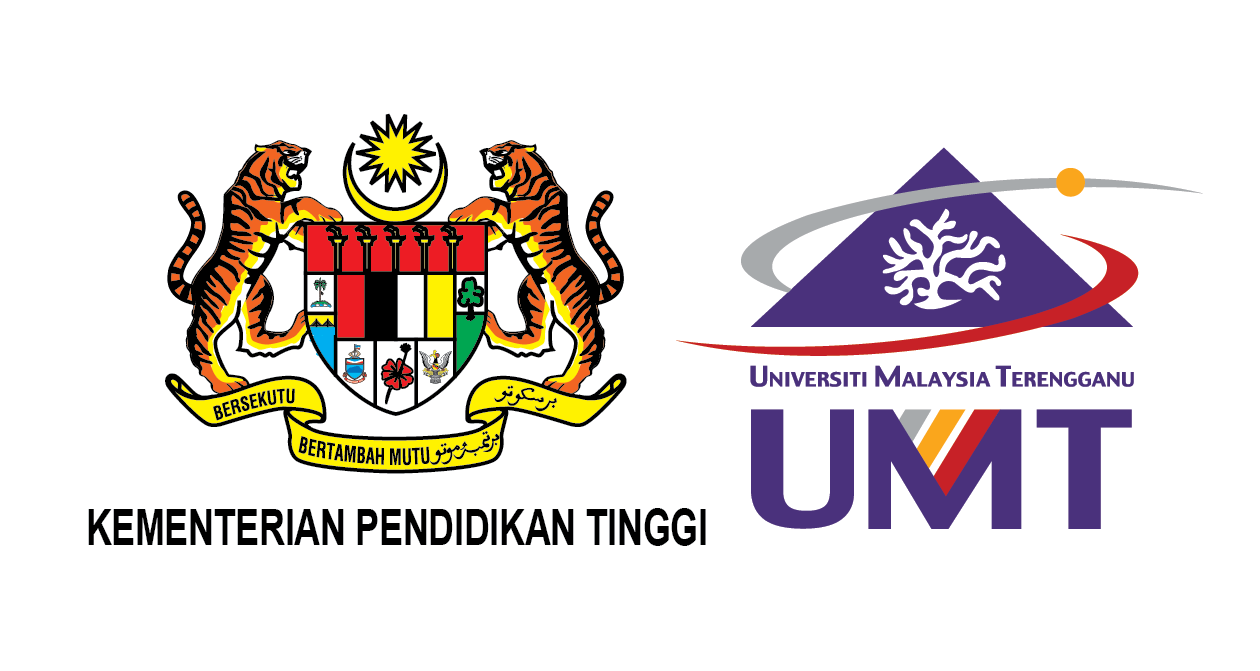Please use this identifier to cite or link to this item:
http://umt-ir.umt.edu.my:8080/handle/123456789/6943Full metadata record
| DC Field | Value | Language |
|---|---|---|
| dc.contributor.author | NORHAZILAN MD NOOR | - |
| dc.contributor.author | NOR APAZIAH NOR OZMAN | - |
| dc.contributor.author | NORDIN YAHAYA | - |
| dc.date.accessioned | 2017-10-04T03:25:16Z | - |
| dc.date.available | 2017-10-04T03:25:16Z | - |
| dc.date.issued | 2011 | - |
| dc.identifier.issn | 18238556 | - |
| dc.identifier.uri | http://hdl.handle.net/123456789/6943 | - |
| dc.description.abstract | Internal corrosion has long been acknowledged as one of the dominant forms of deterioration process that contribute to the containment loss for marine steel pipelines. Aging and deteriorating pipelines under influence of corrosion threat may experience a serious reduction of their structural integrity and can lead to eventual failure. To secure pipeline safety for a long and profitable life, the operators need to develop their own risk-based inspection schedule for future inspection and maintenance activities. A deterministic methodology for predicting the remaining strength of submarine pipelines subjected to internal corrosion using a capacity equation as included in the DNV RP-F101 (Part A) code is described in this paper. The equation can be used to estimate the maximum allowable operating pressure of the corroding pipelines based on a series of pigging data, which represents the corrosion pit location and dimension. The introduction of partial safety factors in the Part A of the DNV RP-F101 code is tailored to minimise the effect of uncertainties due to defect sizing. The authors have added prediction capabilities to the capacity equation by introducing a standard deviation model of future predicted defect depth. By doing so, the variation of safety factors of the capacity equation has been manipulated to that extend where prediction of future pipeline remaining life-time becomes feasible. The paper demonstrates derivation of time function standard deviation equation, Std(d/t) of tool error, calculation and prediction of pipeline remaining lifetime subject to internal corrosion. The increment of standard deviation of corrosion depth, Std(d/t) was addressed since it can affect the value of partial safety factor as corrosion progresses, hence amplifying the conservatism of time to failure. The prediction results shows that the dynamic of safety factors has successfully downgraded the structure resistance as corrosion progresses to reflect the actual condition of the pipeline on site. The technique to evaluate future pipeline remaining lifetime can effectively assist pipeline operators to evaluate future safe operating strategies including re-inspection and appropriate maintenance schedule. As a result, it can minimise the likelihood of pipeline failures until it reaches its designed lifetime. | en_US |
| dc.language.iso | en | en_US |
| dc.publisher | Journal of Sustainability Science and Management | en_US |
| dc.subject | Pipeline | en_US |
| dc.subject | DNV RP-F101 | en_US |
| dc.subject | corrosion | en_US |
| dc.subject | reliability | en_US |
| dc.subject | deterministic | en_US |
| dc.title | DETERMINISTIC PREDICTION OF CORRODING PIPELINE REMAINING STRENGTH IN MARINE ENVIRONMENT USING DNV RP –F101 (PART A) | en_US |
| dc.type | Article | en_US |
| Appears in Collections: | Journal Articles | |
Files in This Item:
| File | Description | Size | Format | |
|---|---|---|---|---|
| 9.June11.pdf | 929.89 kB | Adobe PDF | View/Open |
Items in UMT-IR are protected by copyright, with all rights reserved, unless otherwise indicated.

